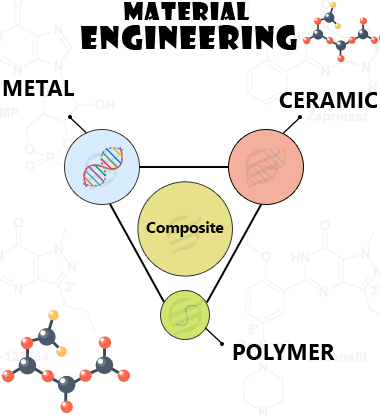Shop
Properties and Applications of Engineering Materials
£250.00
Description
Unit 10 – Properties and Applications of Engineering Materials Level 3 – [R/600/0260]
Duration – 2 Months
Aim and purpose
This unit gives learners the opportunity to extend their knowledge of engineering materials, their properties and applications.
Unit Introduction
In-depth knowledge of the structure and behaviour of engineering materials is vital for anyone who is expected to select or specify them for applications within the engineering industry. This unit will give learners an understanding of the structures, classifications and properties of materials used in engineering and will
enable them to select materials for different applications.
The unit is appropriate for learners engaged in manufacturing and mechanical engineering, particularly where materials are sourced in the form of stock to be used in a production process. The unit covers a range of materials, some of which learners may not be familiar with initially.
This unit will enable learners to identify and describe the structures of metals, polymers, ceramics and composites and classify them according to their properties. Learners will also be able to describe the effects of processing on the behaviour of given materials. Smart materials whose properties can be altered in a
controlled fashion through external changes – such as temperature and electric and magnetic fields – are also covered.
Learners will apply their understanding of the physical and mechanical properties of materials, design requirements, cost and availability to specify materials for given applications.
All materials have limits beyond which they will fail to meet the demands placed on them. The common modes of failure will be both demonstrated and described to enable learners to recognise where an informed choice can make the difference between the success or failure of a product.
Learning outcomes
On completion of this unit a learner should:
- Know the structure and classification of engineering materials.
- Know material properties and the effects of processing on the structure and behaviour of engineering materials.
- Be able to use information sources to select materials for engineering uses.
- Know about the modes of failure of engineering materials.
Additional Information
| Awarding Organisation (AO) | Pearson (Edexcel) |
|---|---|
| Assessment | Assignments, x4 |
| Attendance | Online |
| Credits | 10 |
| GLH | 60 |
| Level | 3 |
| Duration | 2 Months |










